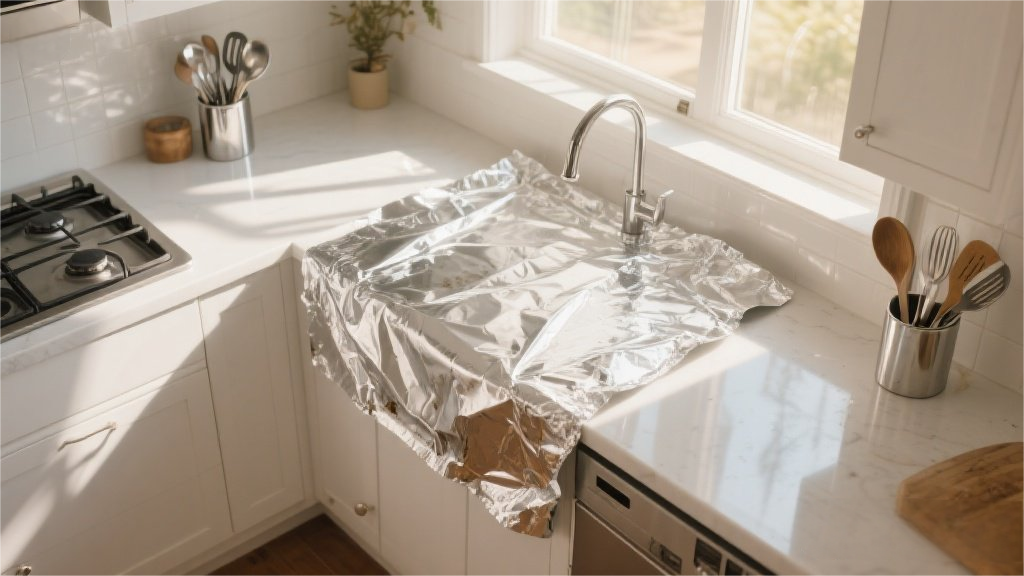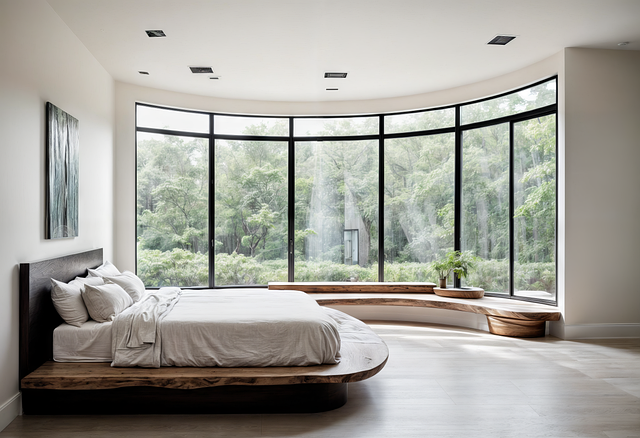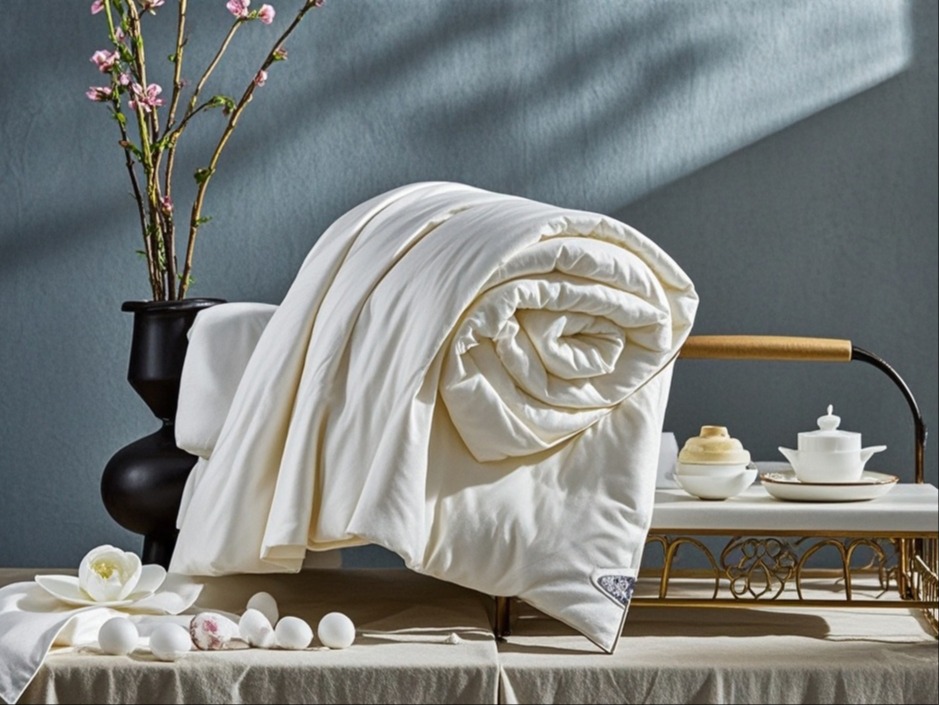If you're tossing and turning at night, nature might have the solution. Certain plants have been used for centuries to promote relaxation and better sleep—no prescription needed. From calming scents to air-purifying properties, these green allies can transform your bedroom into a sleep sanctuary. Let’s dive into the best plants for restful nights and how to use them effectively.
Lavender: The Classic Sleep Enhancer
Lavender isn’t just a pretty purple flower—it’s a sleep powerhouse. Studies show its scent lowers heart rate and blood pressure, easing anxiety and improving sleep quality. Place a potted lavender plant on your nightstand or use a few drops of its essential oil on your pillow. Bonus: It repels mosquitoes, so you get better sleep without the buzzing interruptions.
Jasmine: The Fragrant Sedative
Jasmine’s sweet, floral aroma has been linked to deeper sleep and reduced nighttime movement. Research suggests it’s as effective as some sleep medications—minus the groggy side effects. Keep a jasmine plant near a sunny window; its scent intensifies at night, naturally lulling you into relaxation. Pro tip: Pair it with a white noise machine for ultimate tranquility.
Snake Plant: The Oxygen Booster
Unlike most plants, snake plants release oxygen at night while filtering toxins like formaldehyde and benzene. This double-duty action improves air quality, helping you breathe easier and sleep more soundly. They’re nearly indestructible—perfect for those who forget to water plants. Place one in your bedroom corner for a low-maintenance sleep aid.
Valerian: Nature’s Valium
Valerian root has been used since ancient Greece to combat insomnia. Its earthy-scented pink flowers contain compounds that increase GABA (a calming brain chemical). While the plant itself has a strong odor, brewing its roots into tea or using supplements can ease restless nights. Warning: Don’t confuse it with common valerian ornamental varieties—only Valeriana officinalis has sleep benefits.
Aloe Vera: The Bedroom Air Scrubber
Aloe vera isn’t just for sunburns—it’s a top air-purifying plant that removes pollutants linked to poor sleep. Its gel also contains compounds that may reduce inflammation, potentially helping with conditions like sleep apnea. Place it on a dresser where it gets indirect sunlight. As a bonus, break open a leaf for a soothing skin treatment during your nighttime routine.
Peace Lily: The Humidity Helper
Dry air can cause nighttime coughing and congestion. Peace lilies add moisture to the air while removing mold spores and allergens—common sleep disruptors. Their elegant white blooms thrive in low light, making them ideal for bedrooms. Caution: Keep them away from pets, as they’re mildly toxic if ingested.
English Ivy: The Allergy Fighter
NASA research ranks English ivy as a top plant for removing airborne mold and fecal particles (yes, gross but true). Fewer allergens mean fewer midnight sniffles or sneezes. Hang a basket near your bed or let it trail from a shelf. It grows well in shade, but be patient—it’s a slow starter.
Gardenia: The Aromatic Tranquilizer
Gardenias contain a compound called crocetin, which studies suggest may rival prescription sleep aids. Their creamy white blossoms emit a heavy, intoxicating fragrance best enjoyed in moderation—one bloom on your nightstand is plenty. They require more care (think humid air and acidic soil), but the sleep payoff is worth it for green thumbs.
Chamomile: The Tea Time Hero
While most know chamomile as a tea, growing the plant offers dual benefits. Its daisy-like flowers release calming vapors, and you can harvest them to brew fresh sleepy-time tea. German chamomile (Matricaria recutita) is the most potent variety. Keep it in a sunny spot and snip flowers as they bloom—they’re most potent when freshly picked.
Golden Pothos: The Lazy Gardener’s Pick
This trailing vine removes carbon monoxide and benzene from the air—common in homes with attached garages. Its heart-shaped leaves grow rapidly with minimal care, even in dim lighting. Let it cascade from a high shelf for a “sleep-inducing jungle” vibe. Fun fact: It’s also called “Devil’s Ivy” because it’s nearly impossible to kill.
Passionflower: The Anxiety Reliever
Passionflower vines produce exotic blooms and contain natural sedatives that quiet racing thoughts. Research shows it boosts GABA levels similarly to anti-anxiety meds. Train it up a small trellis near your bed or steep its leaves in tea. Note: The edible variety (Passiflora incarnata) is the one with sleep benefits—avoid ornamental types.
Bergamot: The Citrusy Calmer
Unlike energizing citrus scents, bergamot orange trees emit linalool—a compound that reduces stress hormones. The plant’s glossy leaves and star-shaped flowers add beauty, while its scent (used in Earl Grey tea) promotes relaxation. Keep it potted indoors; it’s sensitive to cold. Rub a leaf between your fingers before bed for an instant aromatherapy boost.
Hops: Not Just for Beer Lovers
Yes, the beer ingredient—but hops’ cone-like flowers contain dimethylvinyl carbinol, a potent sedative. Queen Victoria used hop pillows for insomnia. Grow them in a hanging planter (they’re vigorous climbers) or stuff dried hops into a sachet. Warning: They may cause drowsiness—don’t use before driving!
Rosemary: The Memory Aid That Helps You Unwind
Rosemary’s pine-like scent is known to enhance memory, but lesser-known is its ability to reduce cortisol (the stress hormone). A small pot by your bed can improve sleep quality and morning alertness. Bonus: Snip sprigs to season dinners—its carnosic acid fights brain fog.
Gerbera Daisy: The Colorful Oxygenator
These bright blooms release oxygen day and night, making them ideal for bedrooms. Their vibrant colors also boost mood—helpful if nighttime worries keep you up. They need ample sunlight, so place them near a south-facing window. Pro tip: Remove pollen-heavy varieties to avoid allergy issues.
Mimosa Pudica: The Shy Sleeper
Also called the “sensitive plant,” its leaves fold when touched—a fun stress reliever. Traditional medicine uses its roots to treat insomnia. Keep it in a terrarium (it loves humidity) and enjoy its pink puffball flowers. Note: It’s short-lived but easily propagated from cuttings.
Transforming your bedroom into a sleep oasis doesn’t require expensive gadgets—just strategic greenery. Start with one or two low-maintenance plants (snake or pothos for beginners) and observe your sleep improvements. Remember: Plants work best alongside good sleep hygiene—keep screens out, stick to a schedule, and let these natural allies do the rest. Sweet dreams!
























